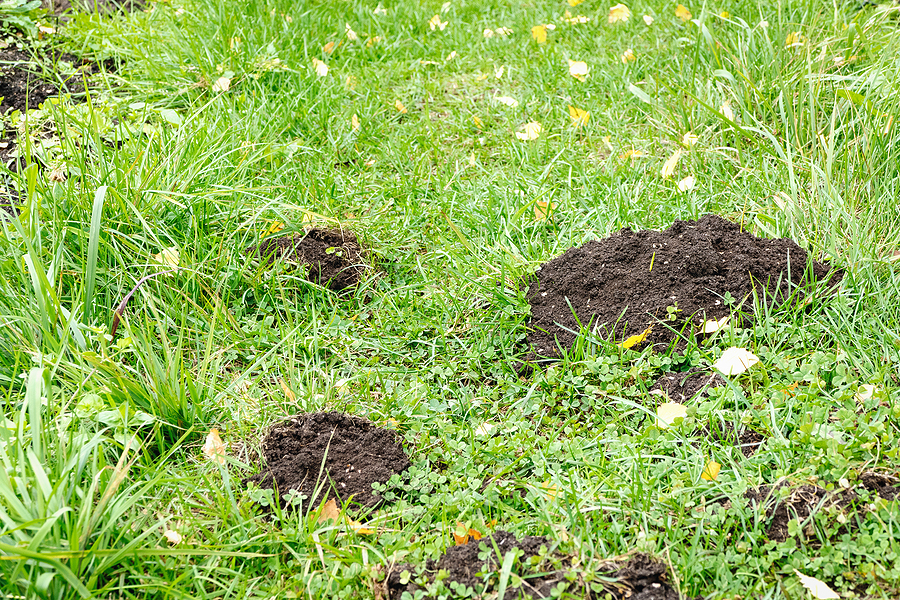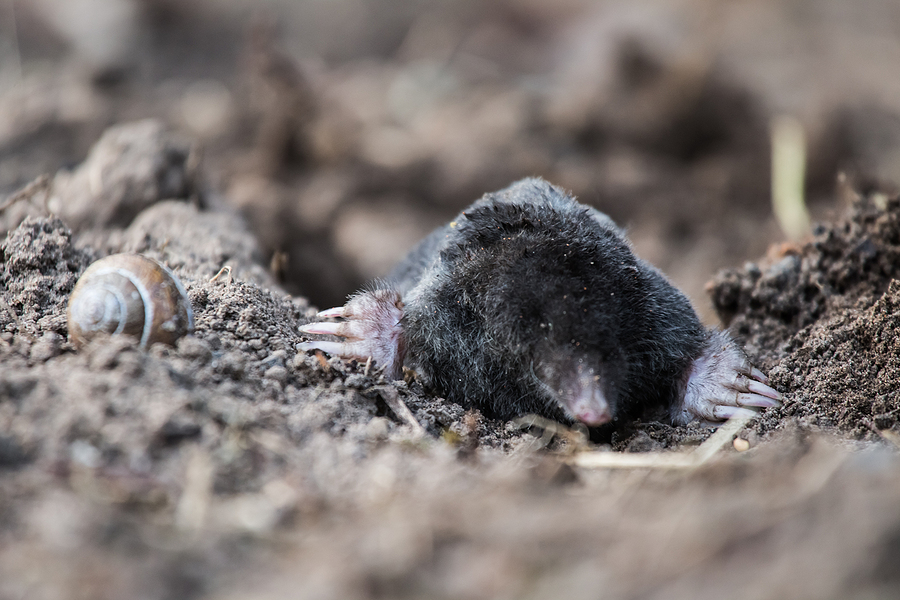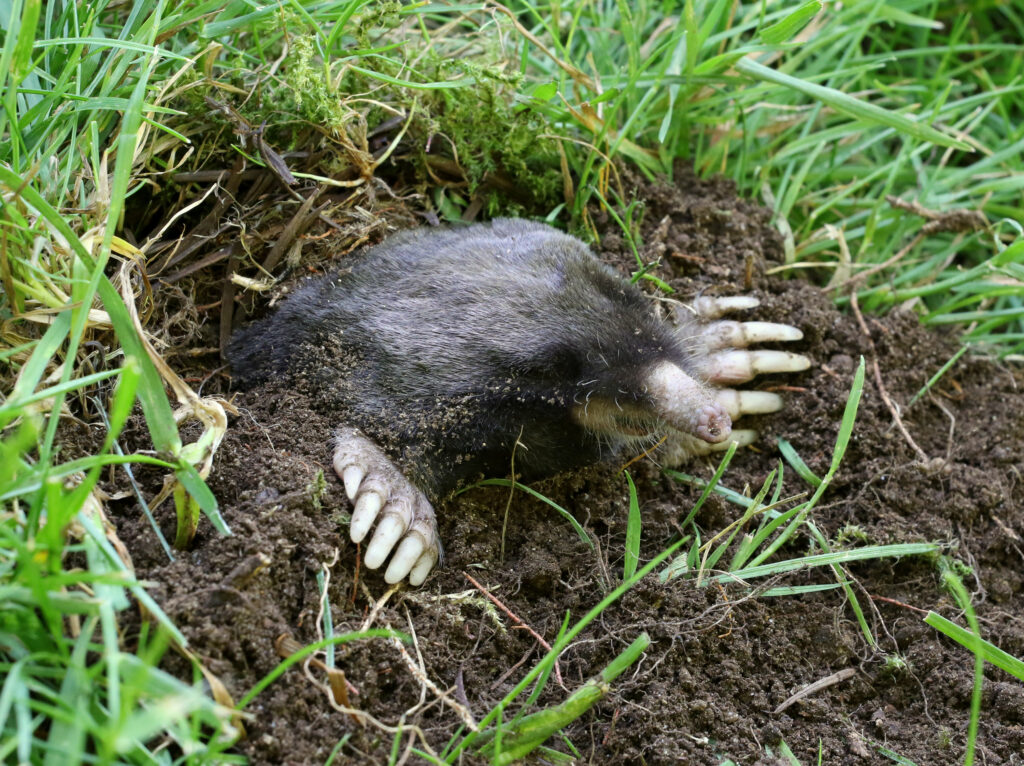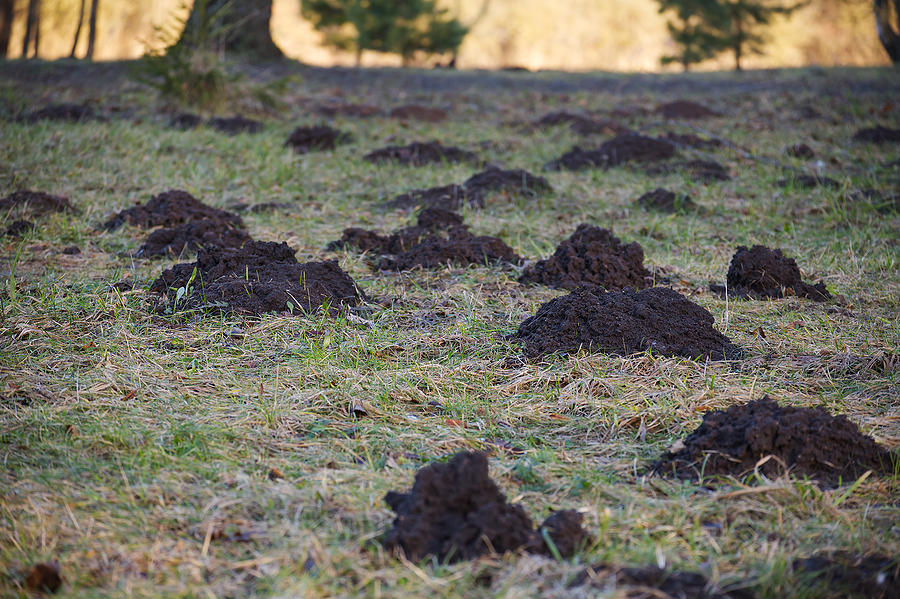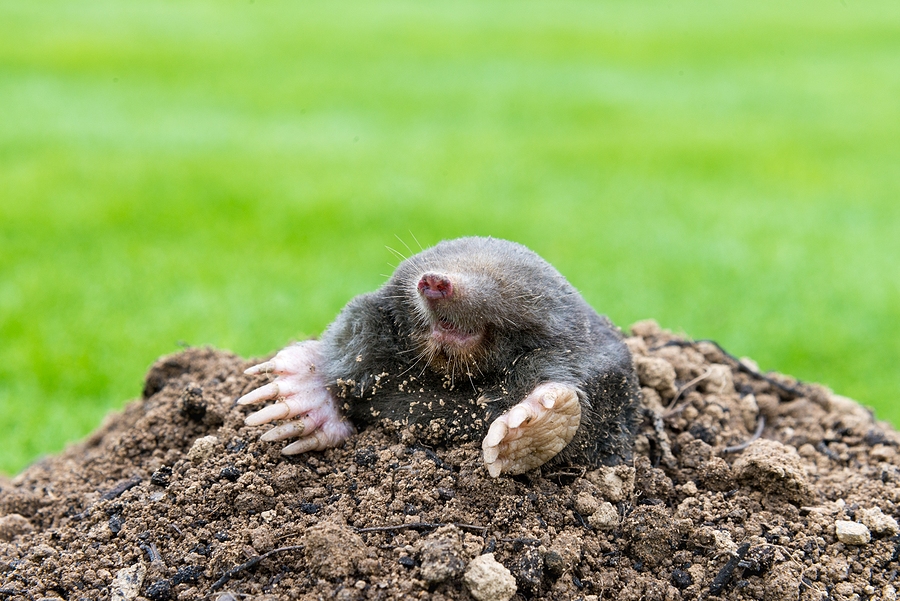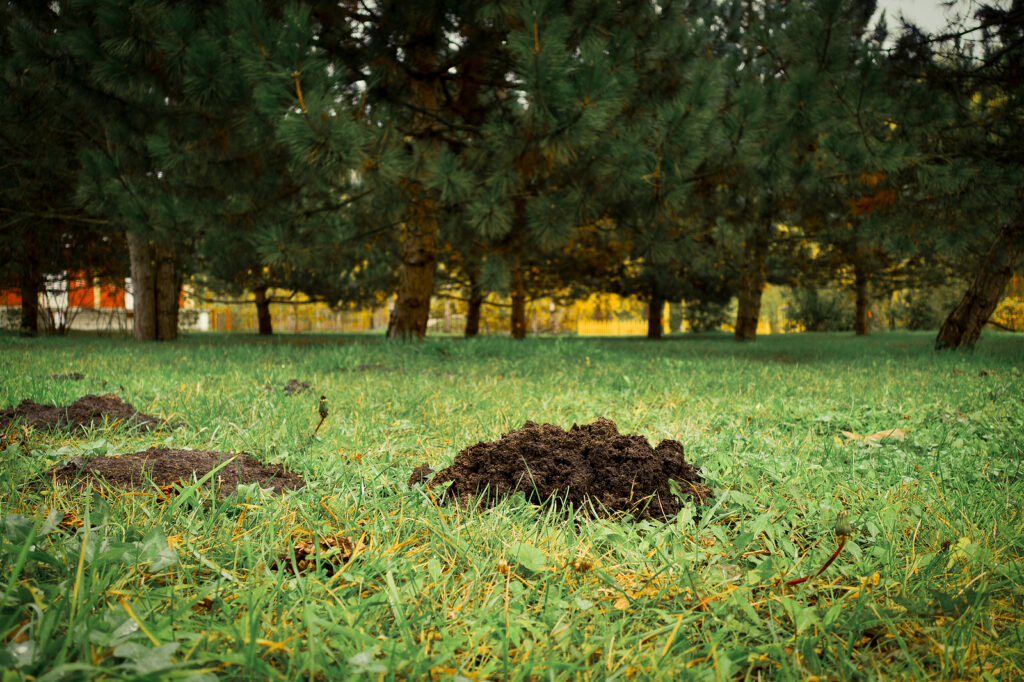Gardening is a labor of love, and the sight of a well-kept garden or a lush lawn is a homeowner’s pride. However, the serenity of your green space can be disrupted by a common underground pest: the garden mole. Moles, with their relentless tunneling, can quickly turn your manicured lawn into a maze of raised ridges and unsightly mounds. This comprehensive guide aims to arm homeowners and gardening enthusiasts with the knowledge to tackle mole infestations effectively through mole trapping, ensuring the health and aesthetics of their outdoor spaces are preserved.
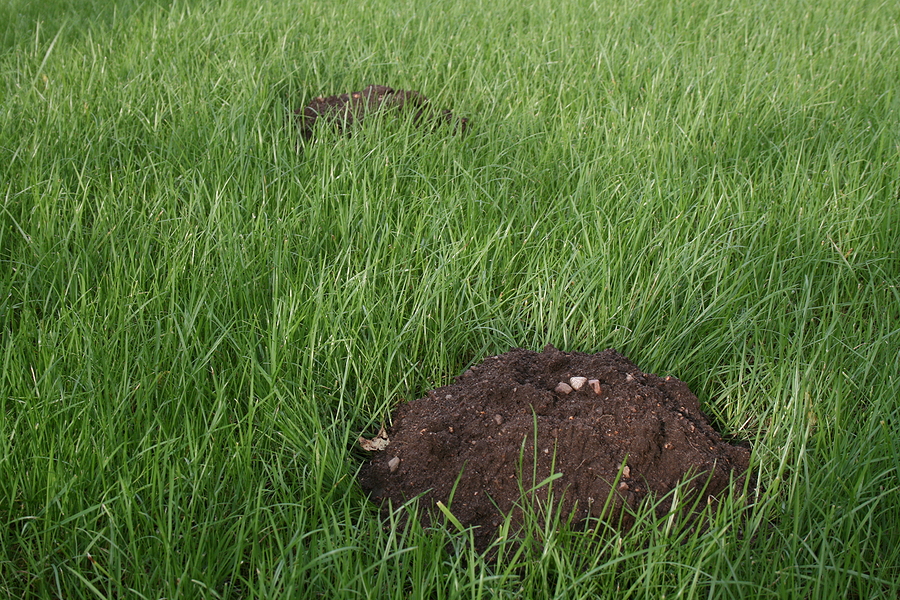
Understanding the Impact of Moles on Gardens and Lawns
Moles are small, insectivorous mammals that spend most of their lives underground, creating complex networks of tunnels to hunt for their prey, primarily earthworms. While they are nature’s way of aerating the soil and controlling insect populations, their relentless burrowing can be detrimental to your garden and lawn, disrupting plant roots and creating uneven surfaces hazardous to walking and mowing.
The Basics of Mole Behavior
Moles are solitary creatures, with each mole establishing its territory. They are attracted to moist, rich soil abundant in their primary food source – earthworms. Understanding mole behavior and what attracts them to your yard is the first step in controlling their presence.
Identifying a Mole Problem
The most obvious signs of a mole problem are the volcano-like mounds (molehills) and raised ridges crisscrossing your yard, indicating active mole tunnels. Observing increased activity in the early morning or late evening can also help identify a mole infestation.
Non-Lethal Mole Control Methods
Before resorting to trapping, it’s worth exploring non-lethal control methods. These can include making your garden less attractive to moles by reducing watering to decrease soil moisture or employing natural mole repellents like castor oil-based products, which can deter moles without harming them.
The Science of Mole Trapping
When non-lethal methods are ineffective, mole trapping becomes a necessary measure. Various traps are available, including scissor, harpoon, and choker loop traps, each designed to be placed along active mole tunnels for effective removal. Choosing the right trap and understanding its mechanism is crucial for successful mole trapping.
Step-by-Step Guide to Setting Traps
- Identify Active Tunnels: Press down on the raised ridges and check the next day to see which ones have been repaired, indicating active tunnels.
- Choose the Right Trap: Select a trap based on your research and comfort level with the mechanism.
- Set the Trap: Follow the manufacturer’s instructions carefully to set the trap in an active tunnel, ensuring it is properly triggered by mole activity.
- Check the Trap Regularly: Monitor the trap at least twice a day to check for a catch and reset as necessary.
Mole Trapping Tips from Experts
- Patience is Key: Successfully trapping a mole can take time. Be patient and persistent.
- Wear Gloves: To prevent human scent from deterring moles, wear gloves when handling traps and digging.
- Location, Location, Location: Focus on trapping efforts in areas of highest mole activity for best results.
- Hire a Pro: A professional mole removal company will be your most effective and efficient resource for yard mole removal and control.
Long-Term Strategies for Preventing Future Mole Infestations
Beyond trapping, long-term mole control involves making your yard less inviting to moles. This can include improving drainage to reduce soil moisture, using natural predators like owls by installing owl boxes, and maintaining a less inviting environment for earthworms and grubs through natural lawn care practices.
Conclusion
Proper mole trapping, combined with a strategic approach to garden and lawn care, can significantly mitigate the impact of moles on your outdoor space. While moles can be challenging adversaries, understanding their behavior, correctly identifying active infestations, and employing effective trapping techniques can help you regain control of your garden and lawn, allowing you to enjoy the fruits of your labor undisturbed.
In the battle against garden moles, knowledge, and preparation are your best allies. By following this guide and incorporating mole deterrents and trapping strategies, you can protect your garden from these subterranean invaders and maintain the beauty and integrity of your outdoor living space.
Are you interested in getting rid of lawn moles with professional strategies that work fast? Contact Mole Miners at 629-277-0933 for TWRA licensed and insured yard mole removal in Nashville, Tennessee. We serve all greater Nashville areas. Request a free estimate, today!
Related Posts:
How to Deter Moles from Your Yard Without Chemicals
Frequently Asked Questions About Repairing Molehills in the Yard
How to Identify and Get Rid of Lawn Moles


